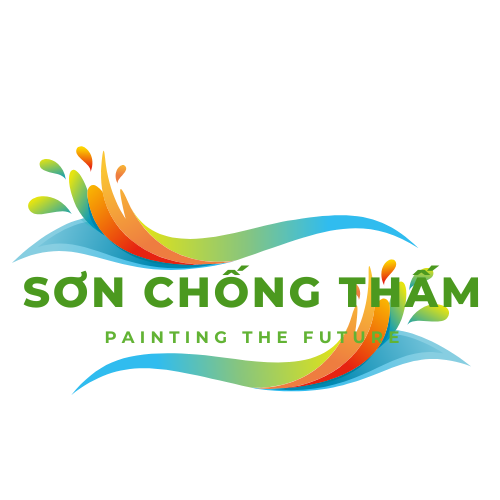The travel industry in 2025 stands at a turning point of innovation and stewardship. As global tourism rebounds to pre-pandemic levels, travelers and industry participants alike are maneuvering a landscape transformed by environmental priorities, cutting-edge technologies, and changing visitor priorities.
## Eco-Friendly and Eco-Conscious Travel
The urgency for sustainability has become a foundation of modern travel. By 2025, the tourism sector is projected to generate 6.5 billion metric tons of carbon emissions, necessitating swift interventions. Destinations like Costa Rica and Bhutan are spearheading this charge, with the latter maintaining its status as the world’s only carbon-negative country through strict visitor caps.
Regenerative tourism models, such as New Zealand’s Māori-led sustainable excursions, are acquiring momentum. These programs reflect a broader shift: 73% of travelers now favor brands with strong environmental policies.
## Tailoring and Made-to-Order Journeys
Premium tourism in 2025 is synonymous with extreme customization. Discerning travelers seek life-changing trips adapted to their unique interests. Operators like LuxGroup emphasize “responsible opulence,” combining luxury with local integration.
Machine learning is reshaping trip planning, enabling dynamic itineraries that respond to real-time preferences. This trend matches findings that 64% of luxury travelers prefer personalized offerings over cookie-cutter options.
## Avoiding Overtourism Through Innovation
Overtourism remains a critical challenge, prompting travelers to seek “destination dupes” and shoulder-season visits. Cities like Ljubljana are alleviating congestion through automobile-prohibited districts and pedal transportation systems.
Authorities are taking action; Amsterdam and Majorca have introduced guest ceilings and etiquette standards to preserve local ecosystems.
## Technology’s Role in Frictionless Travel
AI’s influence spreads beyond personalization into business productivity. Virtual assistants handle 24/7 customer inquiries, while predictive analytics optimize flight schedules and hotel pricing. Digital simulations previews allow travelers to “test” destinations before booking.
Apps like Seven Corners simplify trip management, offering live information on weather, crowds, and transportation delays. Cryptographic recordkeeping enhances transparency in carbon offset programs.
## Longer Stays and Local Integration
The era of rushed itineraries is waning. Luxury travelers are commonly opting for two-week stays to strengthen cultural connections. Families are increasingly embracing “professional voyages,” merging remote work with lengthy residencies.
## Occasion-Focused Travel and Unique Adventures
“Concert traveling” has surged, with fans crisscrossing globes for major events. Celestial tourism—exemplified by stargazing in Chile’s Atacama Desert—reflects growing interest in celestial phenomena.
## Wellness and Digital Detox
Wellness tourism is evolving beyond wellness centers to encompass integrated therapies. Digital detoxes combine yoga with organic cuisine, aligning with a 95% increase in demand for health-oriented itineraries.
## Economic Strategies and Cost-Sensitive Travel
Travelers are utilizing rewards systems and combined packages to optimize savings. Banking incentives are being strategically redeemed for upgrades, reflecting a shift toward “calculated opulence”.
## Conclusion
The travel landscape of 2025 is defined by its duality: a hunger for exploration balanced by ethical accountability. As destinations harmonize progress with preservation, stakeholders can ensure tourism remains a bridge—not a obstacle—to a more integrated and responsible world.
